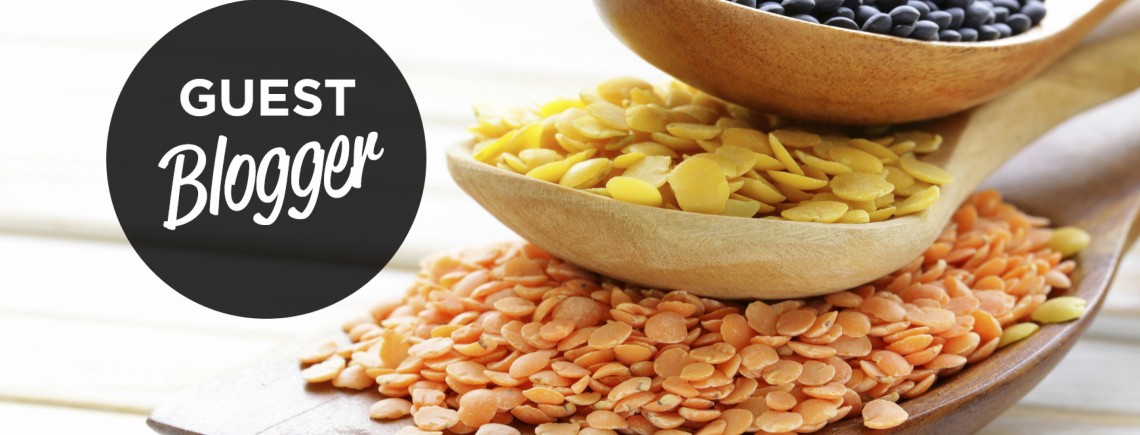Iron Deficiency: More Common Than We Realize
By Cara Statz
Iron deficiency is the most common nutritional deficiency and a leading cause of anemia in North America. Why is this important? Iron is a mineral that is a necessary part of how our bodies circulate oxygen, and an essential component of hemoglobin (the red blood cells that carry oxygen). If you don’t get enough iron, your body doesn’t get enough oxygen and you will eventually suffer fatigue, a common symptom of those who are anemic. Anemia can occur due to a shortage of key nutrients in our bodies: Vitamin B12 (and folic acid) and/or iron. Let’s take a closer look at the symptoms of anemia, as well as ways to increase your iron levels, and important key facts about iron absorption.
Causes:
-
The food we eat may not have enough iron.
-
Many people with chronic kidney disease (CKD) develop iron deficiency.
-
Inability to absorb iron due to diseases, like celiac, or if part of your small intestine has been removed.
-
Heavy bleeding. For women, a common type can be due to a heavy monthly menstruation; in men, anemia can be from blood loss due to peptic ulcers or it could indicate colorectal cancer.
-
Pregnancy. Many pregnant women suffer from iron deficiency because their iron levels are now serving their own increased blood volume and that of their growing fetus.
What are the symptoms?
When anemia becomes worse over time, symptoms include:
-
Shortness of breath
-
Dizziness
-
Pale skin
-
Fatigue and irritability
-
Difficulty focussing/concentrating
-
Headache
-
Delayed growth and development landmarks in children
-
Increased predisposition to infections
-
Premature births and low birth weight babies
-
Arrhythmias, rapid or irregular heartbeat, other heart problems
How much iron do we need to consume per day?
-
The recommended daily amount is 18mg of iron per day for women of reproductive age
-
27mg for pregnant women
-
8mg for men
-
Breastfeeding women can consume 9mg a day since there is no menstruation during this period
-
Girls aged 14-18 need 15mg of iron per day
Major food sources of iron:
-
Animal: red meat, poultry, internal parts (such as heart and liver), eggs yolks and seafood.
-
Vegetable: the richest in iron are legumes, green leafy vegetables, nuts, tahini, dried fruit, and molasses.
-
There are also iron-fortified foods like cereals or bread.
How do I know I am absorbing it properly?
The rate that we absorb heme iron is more efficient than that of non-heme iron. In animal foods, iron is much like the structure of that within our bodies, attached to proteins called heme proteins (referred to as heme iron). In plant foods, the iron is not attached to heme proteins. To maximize iron absorption from vegetable sources, it is most effectively absorbed with Vitamin C, such as in fresh vegetables. You can eat lentil soup with chopped parsley and red pepper, which are full of Vitamin C. As a snack, walnuts and almonds are sources of iron.
What about supplementation?
Capsule, syrup or intravenous infusion: pay attention to possible side effects. Side effects of iron supplements include: abdominal pain, diarrhea/constipation, changes in stool colour, and general abdominal discomfort. These effects are much smaller if taking liquid supplements. Iron absorption of a liquid supplement is far easier for the digestive system, and produces fewer side effects. In addition, you should take a supplement that coordinates iron absorption with the body; iron taken in excess can cause damage.
Get a physical exam.
If you feel you might have an iron deficiency, or if you’re just curious, go get a checkup. Your doctor will do a physical exam to look for signs of iron-deficiency anemia. He or she may:
-
Look at your skin, gums, and nail beds to see if they’re pale
-
Listen to your heart for rapid or irregular heartbeats
-
Listen to your lungs for rapid or uneven breathing
-
Feel your abdomen to check the size of your liver and spleen
-
Do a pelvic and rectal exam to check for internal bleeding
Considerations of living with iron-deficiency anemia:
If you have iron-deficiency anemia, it is important to make sure your iron levels are improving. At your checkups, your doctor may change your medicines or supplements and may also suggest ways to improve your diet.
Food considerations, such as oxalic acid found in many green vegetables, may delay the absorption of iron. For example: spinach is very rich in oxalic acid, which binds to the iron and interferes with iron absorption in the intestine. Phytic acid, found mostly in whole grains, may also interfere with iron absorption.
Take iron supplements only with your doctor’s approval – and only as prescribed. It’s possible to have too much iron in your body (a condition called iron overload) and too much iron can damage your organs.
You may have fatigue and other symptoms of iron-deficiency anemia until your iron levels return to normal, which can take months. Tell your doctor if you have any new symptoms or if your symptoms get worse.
Cara Statz’s ever-curious interest in mind-body connectivity began as a young child and eventually led her to a career in personal training and a degree in kinesiology; and she is currently completing her degree in naturopathic medicine. Cara has been a competitive athlete since the age of seven, participating in a variety of sports ranging from karate and swimming to, most recently, entering her first figure and physique show where she placed 2nd over all. Her multifaceted expertise on fitness, nutrition and holistic health, and her approach to mind-body care, gives her clients a whole body treatment plan, which ultimately leads to whole body transformations inside and outside.



